Dear Construction Industry: Fred Mills
- Youtube Views 10,596 VIDEO VIEWS
Fred Mills answers “Why BIM?” from a Generation Y perspective with an open letter to the construction industry. The full transcript (as delivered) is detailed below.
Filmed at the UK’s London + South East BIM Region, hosted at University of Westminster. We welcome you sharing our content to inspire others, but please be nice and play by our rules.
 Dear
Construction Industry.
Dear
Construction Industry.
I am writing to you as a 29 year-old man, which puts me right in the heart of Generation Y.
I am doing so now, in 2015, because I believe the next 10 years up to 2025 are critical for our industry. In fact I’d go as far to say as they are the most critical 10 years for our industry since the Industrial Revolution.
I am writing because I care. I am writing for the sake of my generation and the generations that are going to follow me.
I am doing so because for the next 10 years we have two options.
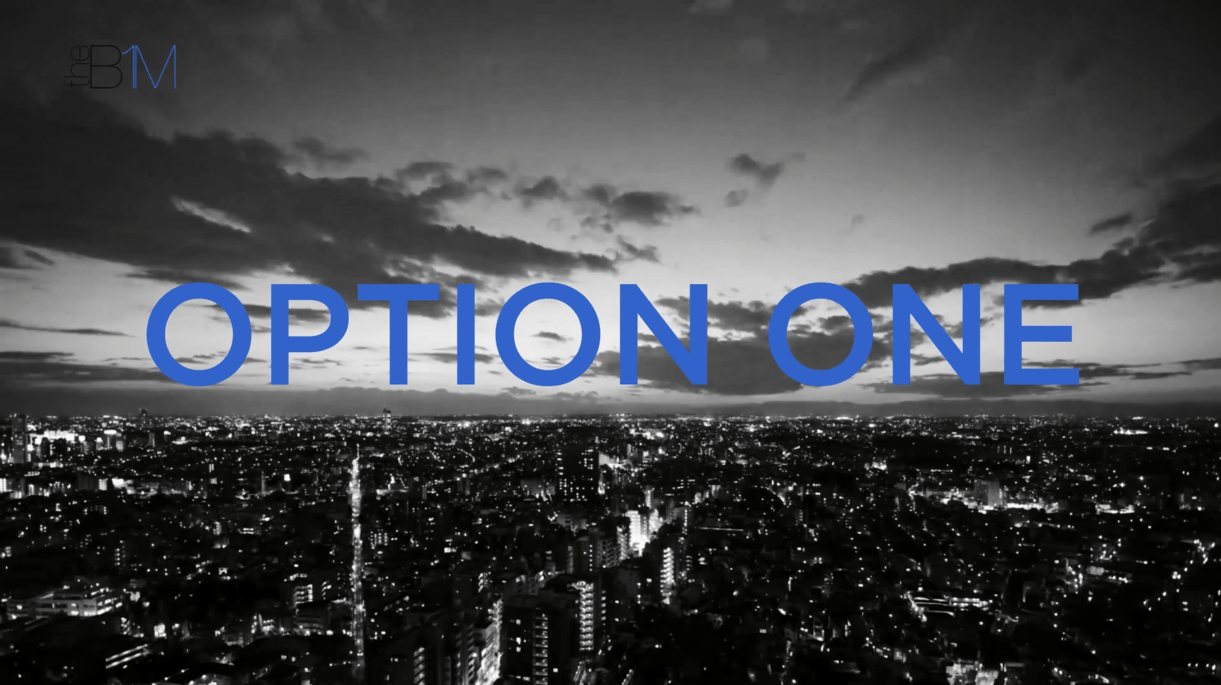
Under Option One we can adopt BIM.
Now I’m not just saying that because I’m some crazed evangelist that’s like “Yeah, BIM is going to save the world” because it’s not. That’s not the case. Yes I love a bit of 3D modelling, I love a common data environment, I love structured data, I can’t get enough of it, I do it at the weekends. It’s great.
But that’s not the reason it’s in the UK Construction Strategy – that’s certainly not the reason it’s in the UK Government’s Construction 2025 report – and it’s not the reason that me and so many other people are passionate about BIM.
It’s there because BIM is the opportunity; it’s the real chance we have now to change our industry.
Because as soon as you try to adopt BIM, you end-up addressing numerous other issues and challenges that we face, that have dogged this industry for years.
As soon as you try and adopt BIM, you completely re-consider your client’s brief, you completely re-consider your procurement approach, the way you currently transfer risk down your supply chain, the way you currently structure information, the whole purpose, the whole reason for why you are building the built asset you’re trying to build in this particular case in the first place.
"BIM is the opportunity. It’s the real chance we have now to change our industry"
The whole thing goes out the window. BIM forces us to consider our actions. To consider, not just the output and how cheaply and quickly we can build it, but the outcome, for the people, for the business, for the real world out there that we’re trying to influence and live our lives in.
It enables us to provide a better built environment for every other industry sector out there.
We can improve our value proposition, whilst making our cost base leaner and more efficient. So we go from making money with a little ‘m’ – that juicy 1% that every other sector out there must be really envious of construction for – to making money with a capital M.
Suddenly daunting, ludicrous targets in the UK Government’s Construction 2025 Report, seem easy. Seem the easiest thing in the world to achieve.
But it’s hard.
It requires people changing. Changing their behaviour. Being compelled enough to change their behaviour and change the behaviour of other people in their businesses and the businesses that they run. It requires people who are currently making money out of the current arrangements – that whole 1% I mentioned – to change and try something new, to make a little bit more money. And that’s hard.
Of course if it’s just too hard, we can just forget about it and we can do Option Two. Option Two is a heck of a lot easier believe me. It’s much easier than Option One. And you can get up tomorrow and you can do the same thing you did today, and you can do it on Friday as well, you can do it on Monday next week and you can do it all next week. And then the months will go by and the years will go by. And 2025 will roll around, like 2016 rolled around and we’ll be in the same place doing the same thing.
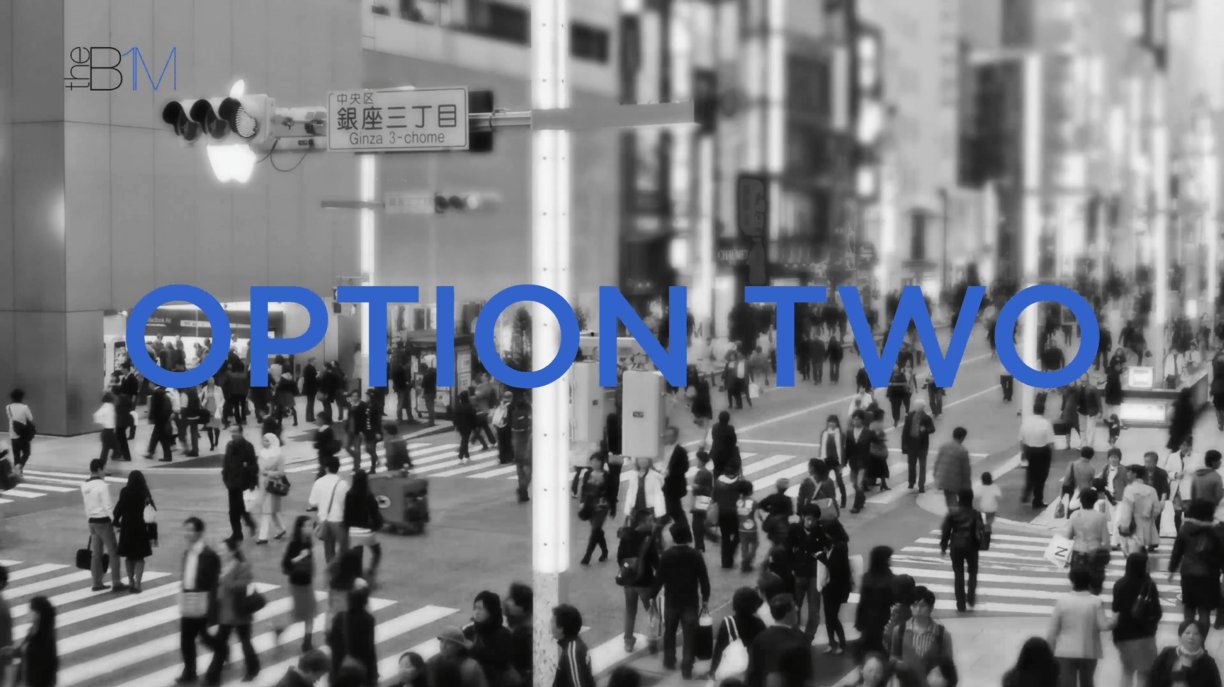
The real reason for my letter is because I have experienced Option Two.
I remember working as a Design Manager for a main contractor and I had a really good job, I really enjoyed my job, I worked with some really great people. But I also had some really awful experiences that showed the construction industry at its worst. And it was from all sides, from all parties not just us as the main contractor, as tends to normally be the case (we get a lot of bad press).
I realised during that period I was just surfing the current. I was surfing the current, to keep up with the people around me, to play the game, to get ahead.
I realised that the company I was working in, the companies we were working with and our competitors were all doing the same thing. They had become filled with professionals who were expert in surfing the current. Expert in getting through that process and coming out at the end of it, and if they’re lucky, coming away with 1% and getting a pat on the back and going to the construction industry award dos and all the rest of it.
…with the sub-standard built environment. With the mediocre client satisfaction scores. With the defects list that comes with every single job the construction industry delivers, as if that’s a good thing.
I realised at that time that I was becoming professional in the same thing – and I mean I was becoming professional in the same thing – I was becoming an expert in doing that; in delivering 1% at the end of the day. In playing the same game that everyone has played for the last 70 years, to deliver the same thing. And it’s no wonder you can see that – as we heard earlier – the construction industry doesn’t change, it doesn’t change over a long period of time.
Now below the surface, I think human beings are all the same. We have our personalities and things, but underneath the surface we’re all the same, we feel the same things, the same emotions. And I can guarantee you that if I felt that way from that experience I had of Option Two, other people out there right now, really good people, are feeling the same way.
Under Option Two we bring people in late, we transfer risk, we work in silos, we don’t structure information, we don’t listen to our clients, we build in defects, we actually kill people on our construction sites in 2015. Yes, it’s much better than it was, but people still don’t go home at the end of the day.
My letter tonight is not just to the construction industry, it’s actually copied to the world because construction touches and enables every other industry out there. Every person that’s ever set foot in a building has been touched by the construction industry.
So if we carry on and we go with Option Two, we saddle the rest of the world with the same old performance, the same old built environment we’ve had for the last 70 years. We saddle Generation Y with it, we saddle Generation Z with it, and the generation after that.
"Option Two is the status quo... and that’s just not good enough for my generation"
Rob asked me to answer the question of “Why BIM?” from a Generation Y perspective, the generation with the most to gain or lose from the next 10 years. For me the answer has never been more compelling because the alternative is Option Two.
Option Two is the status quo, and that’s just not good enough for my generation.
So I’ll leave you with the choice and it really is completely up to you: Option One or Option Two.
I am going to spend the next 10 years working towards Option One and I really hope you’ll join me. Before any more bad days are had out there, before any
more really good people leave, before any more clients get less than they expected, before any more people die on a construction site.
Now is our chance, now is the time, now is the opportunity. Stand up. Be the change that you want to see in construction, be Option One. For my generation’s
sake and for the generations that follow.
Yours Sincerely, Generation Y.
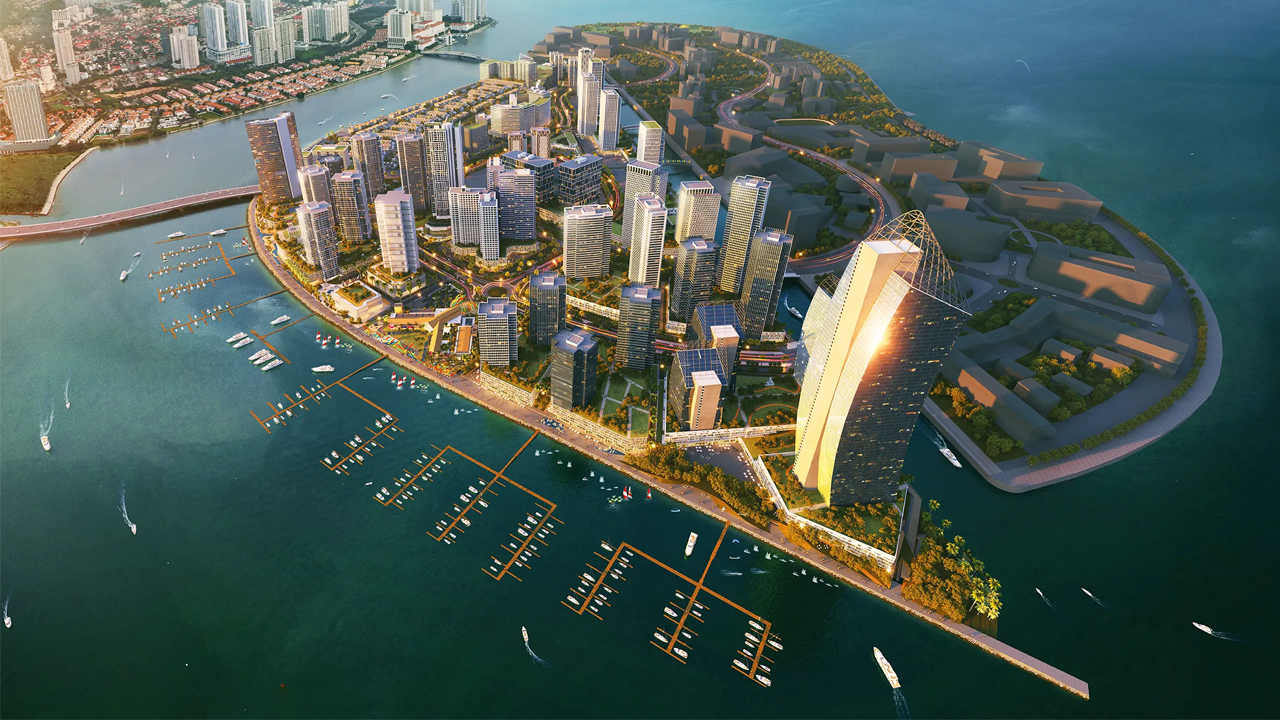
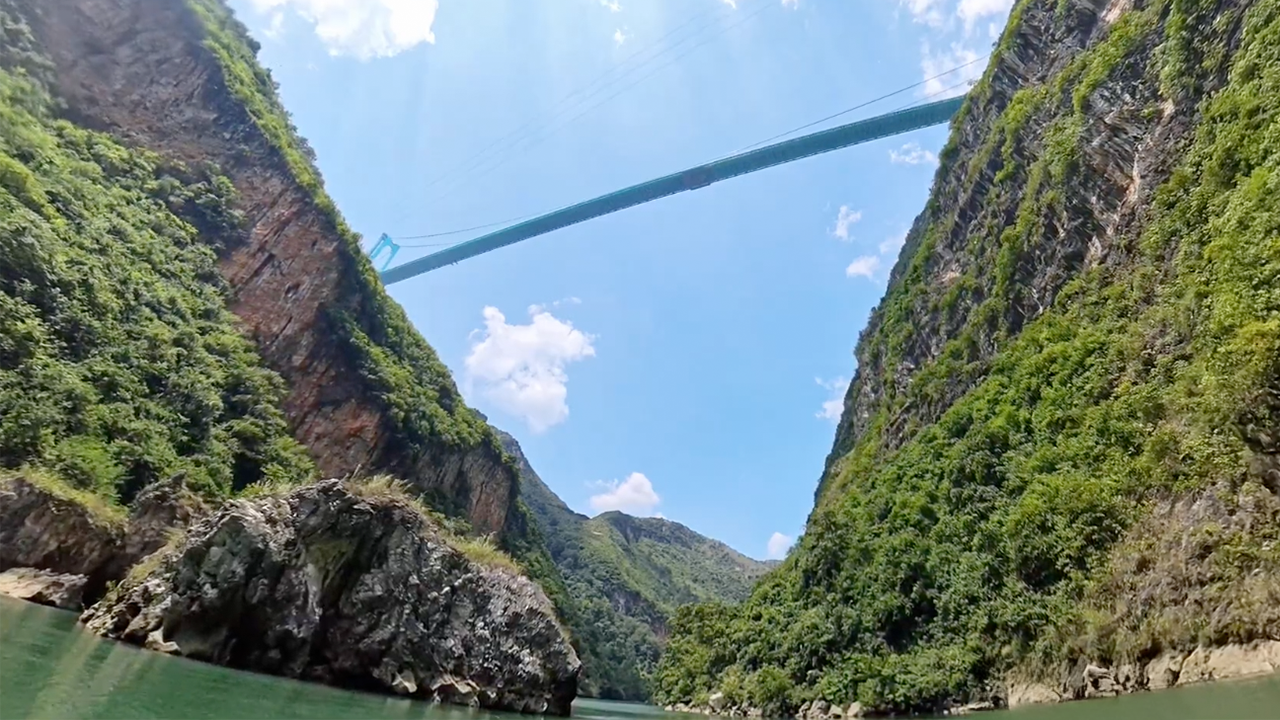
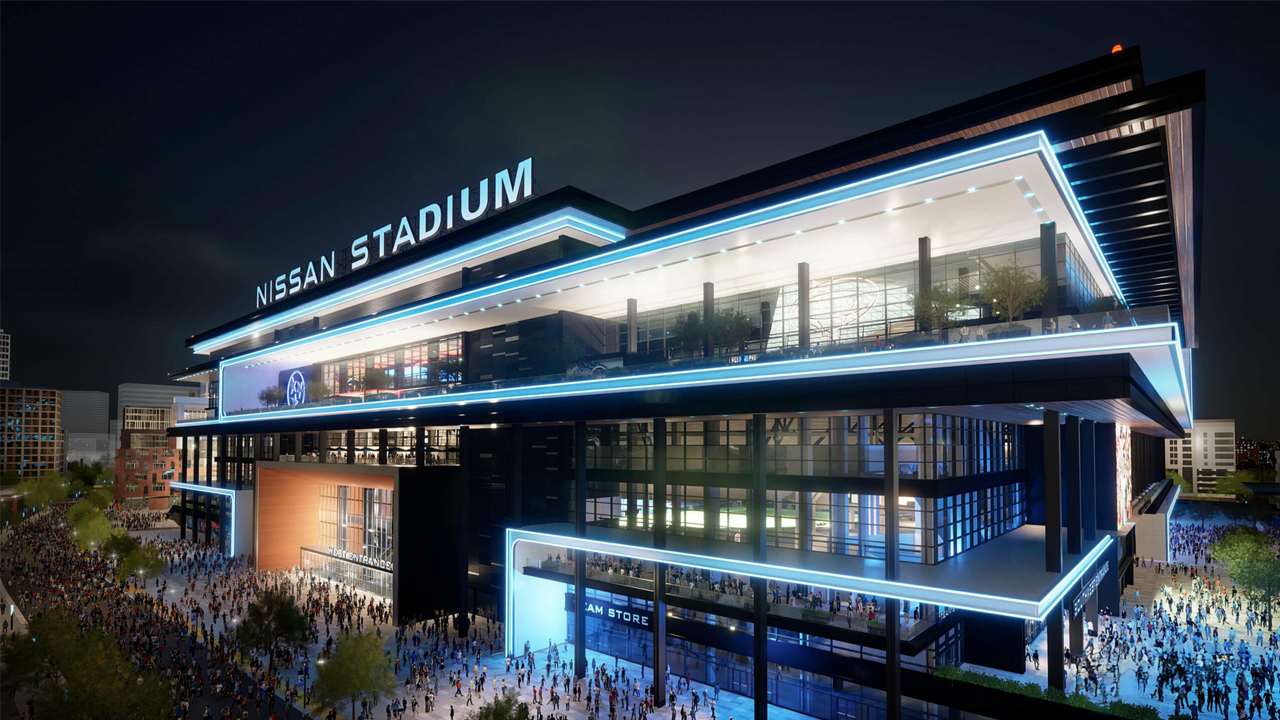
.png?updated=1582727043
)



